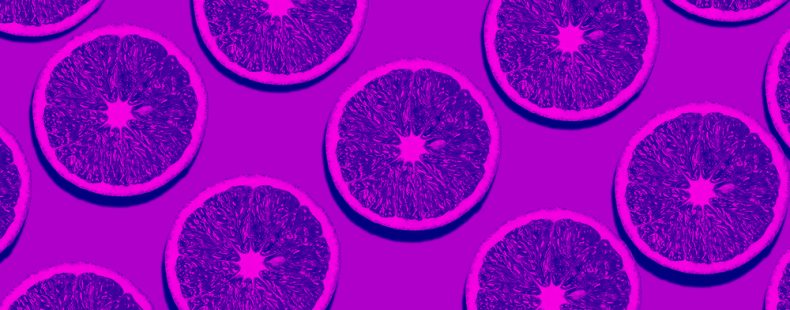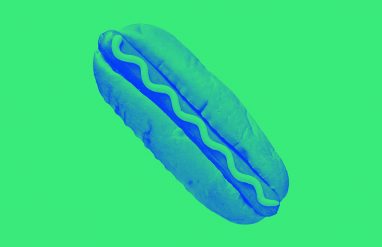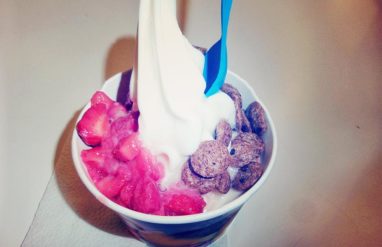phloem bundles
You know what’s wonderful about a banana? It’s one of the least messy fruits around. Peel, nosh, discard. Oh wait, we forgot there’s one really annoying thing about bananas. Those pesky stringy things that sometimes make the eater question the reason why they’re eating the d@mn banana to begin with. Why, Mother Nature, why?
We may not be privy to Mother Nature’s botanical secrets, but we can at least tell you what those troublesome stringy-majigs are called: phloem bundles, and they sound, look, and taste about as good as a bundle of phlegm. However, these shoestrings circulate nutrients throughout the banana and make what’s encased (the delicious fruit itself) so good for us. Okay, we’ll begrudgingly concede to the fact that the strings aren’t Nature’s floss of doom.
Did you just have a crazy a-ha moment? Well, then you’ll eat up our class on Graze Anatomy … next up, apples. And, don’t forget to test your knowledge with our quiz at the end!
























